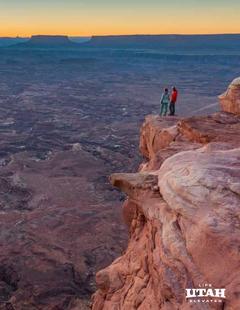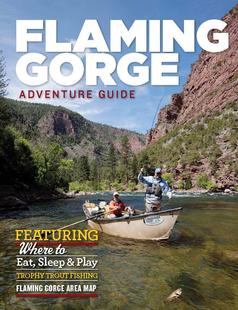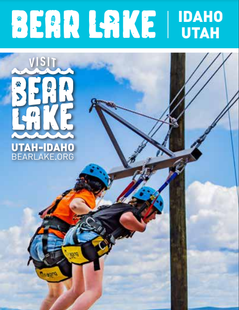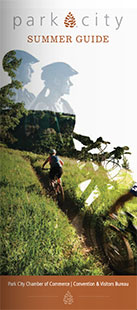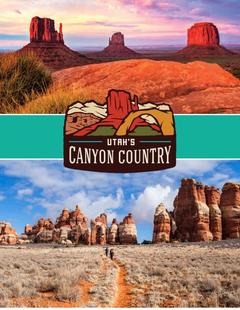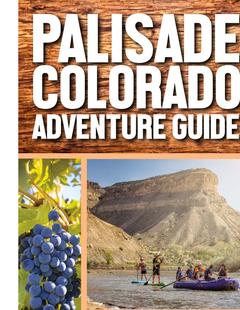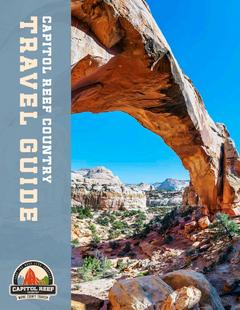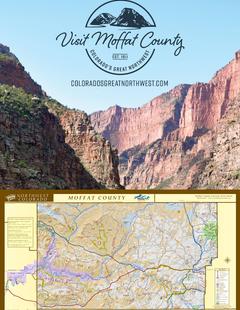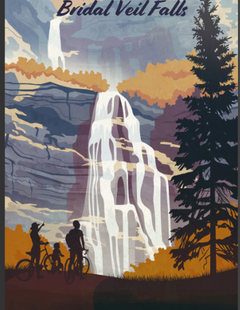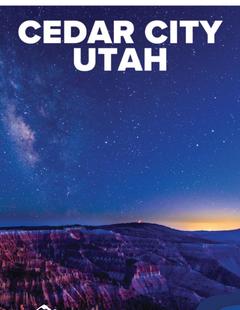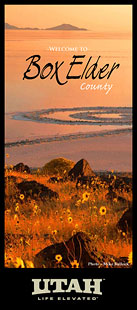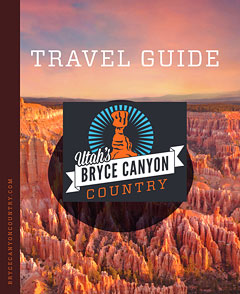Contact Info
Basics
- Location:
- Near Cedar City and Saint George
- Length:
- 15.7 miles (plus 1.5 miles by bicycle)
- Difficulty:
- Difficult
- Time:
- Day 1: 5 3/4 hours
Day 2: 8 hours
- Elevation Range:
- 6900 feet to 9300 feet
- Elevation Change:
- -2400 feet
- Season:
- Early summer
Description
Although this hike is only 15.7 miles long there is a great deal of up-and-down along the way, and many people prefer to spend a second night along the trail. If you elect to do this you will have no trouble finding good campsites all along the Summit Trail between Whipple Valley and Nay Canyon. You can camp near water at Whipple Valley, South Valley, Hop Canyon, Hidden Valley or Nay Canyon.
Details
Location:
Length:
Difficulty:
Time:
Day 2: 8 hours
Elevation Range:
Elevation Change:
Season:
Additional Details:
From Whipple Trailhead the trail starts upward immediately, climbing steadily over the next two miles through a forest dominated by subalpine fir and Engelmann spruce. You will want to stop frequently to enjoy the magnificent views of Pine Valley Town below and the hills that surround it. Finally, after an elevation gain of some 1,300 feet, the trail dips 200 feet down into Hop Canyon, where you should be able to fill your canteens before continuing the climb. After Hop Canyon it is uphill again-another 1,100 feet of steady elevation gain until you reach Whipple Valley, just east of the summit ridge.
Whipple Valley is a picture-perfect alpine meadow about 100 yards wide and five times as long, with a small creek running through the middle. If you got off to a late start you might want to select a campsite on the edge of Whipple Valley. There are plenty of ideal spots along the edges of the grassy meadow. In the spring it is filled with wildflowers nourished by the melting snow, but snow is the only source of water and the meadow quickly dries out after the snow is gone. Water is plentiful in early June, but by midsummer it has usually disappeared. If there is no water in Whipple Valley try walking northwest for a half mile up the drainage towards West Valley. This is the headwaters of the Left Fork Santa Clara River and there is sometimes water here after Whipple Valley has dried out.
As you enter Whipple Valley you will notice a sign indicating that you have reached a trail junction. This is the point where Whipple Trail meets the Summit Trail, a 35-mile-long pack trail that runs in a northeast-southwest direction along the summit ridge of the Pine Valley Mountains. If you have an extra day to spend you might want to establish a camp here and spend some time exploring the nearby North Valley and West Valley meadows, both within a mile of the junction. In order to complete this loop hike, however, you will have to turn right at the junction and follow Summit Trail in a southerly direction until you reach Browns Point Trail, 7.3 miles away.
The Summit Trail is not as well defined as Whipple Trail and you may have trouble following it for the first mile. The route is easy, though, so don’t worry too much if you can’t find the trail. Just walk south along the Whipple Valley drainage until you come to the southern end of the meadow. Continue following the drainage through the trees and within 0.3 mile you will break out into another meadow called South Valley. You should be able to pick the trail up again as you continue south along the western edge of South Valley.
South Valley is every bit as beautiful as the better known Whipple Valley, and the water supply is slightly more reliable. It is another two-hour walk to the next comparable campsite, so unless you got off to a very early start you will probably want to spend the night in South Valley. Near the trail about half way through the meadow the creek bed winds around a big boulder, forming a shaded pool that seems to hold water until later in the summer. There is also plenty of flat ground in the area, making it a good place to set up camp. Furthermore, this meadow seems to be a favorite evening hangout for deer, so if you are quiet and observant you will probably see some wildlife before the sun sets.
Day 2
As you approach the southern end of South Valley the trail seems to disappear again. Finally, just before you reach the trees you will see another sign that says “Wet Sandy Trail” with an arrow pointing to the left. This is not the trail you want. Stop at the sign and look due magnetic south at the edge of the meadow about 100 yards in front of you. If you look carefully you will see another trail, the Summit Trail, entering the trees on the south end of the meadow. There are also well defined blaze marks on the trees where the trail leaves the meadow. Once you enter the woods the trail is again quite will defined.
Immediately after you leave South Valley the Summit Trail again begins to climb. Over the next 2.9 miles you will first gain 220 feet in elevation, then drop 420 feet, then gain 400 feet, then loose 420 feet before finally reaching what, in my opinion, is the most beautiful meadow of all: Hidden Valley. Located at the foot of a rocky outcrop near the headwaters of the Middle Fork Santa Clara River, Hidden Valley is indeed well hidden. The meadow is small, only 100 yards in diameter, and it is completely surrounded by tall, stately Engelmann spruce. You will hardly know it is there before you walk into it. Adding to the effect, Summit Trail exits the meadow through a partially hidden five-foot-wide crack in the rock barrier on its western side-a perfect secret entrance to an outlaws’ hideout. If you are looking for quiet seclusion there are no better places to camp than Hidden Valley.
Continuing its up-and-down route, the Summit Trail climbs nearly a thousand feet above Hidden Valley, and then drops 320 feet back down to Nay Canyon, wherein is located the junction with Browns Point Trail. Nay Canyon generally has water in it in early summer, and it is a good place to camp or refill your canteens.
In order to complete this loop you must leave the Summit Trail at the Nay Canyon Junction and take Brown Point Trail back to the Pine Valley Recreation Area. Again, however, if you have an extra day to spend there are a number of points of interest further up the Summit Trail. Continuing south on Summit Trail for 1.3 miles from the junction will bring you to Further Water, a good water source and a popular camping area. Two miles from the junction Summit Trail passes within 0.2 mile of Signal Peak (10,365 ft.), the highest point in the Pine Valley Mountains. The peak is about 370 feet above the trail, and there is no trail to the summit. The climb, however, is not technically difficult.
From its junction with the Summit Trail, Browns Point Trail follows the bottom of Nay Canyon for 0.7 mile before climbing 400 feet back up the ridge on the east side of the canyon and then following the ridge the rest of the way to the bottom. The total amount of elevation loss along the trail from the junction is a knee busting 3,120 feet, but you will be compensated by fine views of the valley below. You can see Pine Valley for almost the entire distance.














